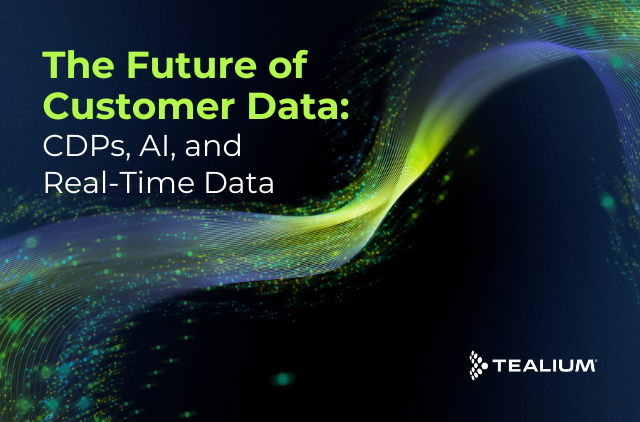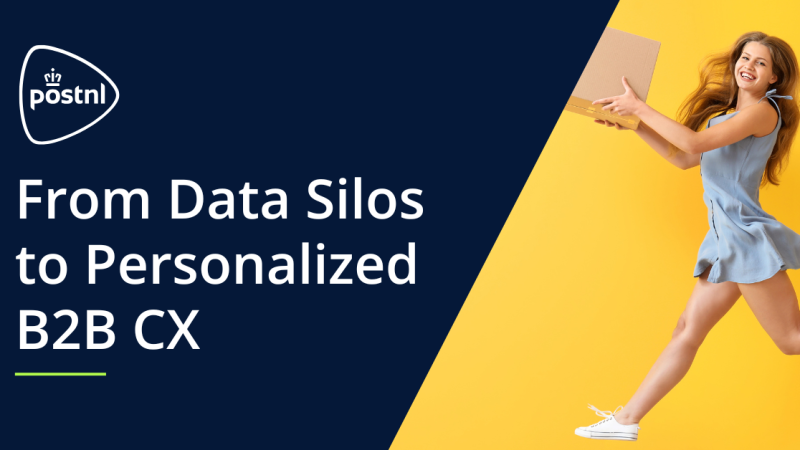At its core, a customer data platform (CDP) puts a focus on people—your customers—to deliver the best experience possible across all of your marketing channels. In a similar sense, the team members involved in implementing your CDP are an integral part of your organization’s journey with this technology.
In this article, we’ll cover six crucial steps to staffing a CDP for success. To get all the insights, be sure to watch the presentation from this year’s Digital Virtualocity by Tealium’s Dustin Horning, Director of Customer Solutions and Delivery, and Richard Morrow, Director of Customer Success.

Where to focus your efforts when staffing a CDP
Step 1: Identify and assemble your key stakeholders
It’s essential to get various stakeholders on board with your CDP project to either direct the vision for the technology, provide buy-in, or get involved in the implementation process.
Establishing a cross-functional implementation team with a coordinated strategy is key. This will ensure that you don’t miss engaging someone who you’ll later need to depend on to assign resources to the project.
When staffing a CDP, reach out to people with knowledge, influence, and experience who are familiar with your company’s data sources and your current software. They’ll be well equipped to help connect these pieces. This could include external vendors as well. Just ensure that whoever you bring to the table has decision making authority.
Step 2: Evaluate and categorize your stakeholders
To help keep things organized, people need to know where they’ll be expected to get involved. We recommend creating four groups when staffing a CDP.
- Data source experts: These are often developers, solutions architects, business intelligence, or data governance staff—and their buy-in is critical. They’re responsible for where data comes into your CDP through touchpoints where customers are engaging with your brand, such as your website, mobile app, or CRM.
- Customer experts: These are typically customer data and analytics or data governance staff. They know how to aggregate and enrich your data in its raw form, and send it where it needs to go. These team members often drive the push for a CDP, because they understand data and how to tie it back to user experience.
- Channel experts: This group includes channel managers, strategists, marketing operations, experience architects, and data analysts. They receive data from your CDP and use customer profiles to enhance the impact of your other marketing tools. These experts are usually eager to see how they can segment customer profiles more accurately, and will drive the vision for your CDP.
- Agency partners and marketing technologists: These individuals can be involved from end to end in the previous three categories, or play a larger role in one space.
Step 3: Align on vision and priorities
It’s important that your organization has a common understanding of what you intend to accomplish with your CDP. You can foster this collective knowledge in three steps to ensure solid adoption and expansion as you begin to use the technology.
- Educate: Conduct exploratory interviews to get stakeholders’ input, and develop a unified understanding of your company’s challenges and objectives—including the capabilities people expect from the CDP.
- Motivate: Highlight the opportunities a CDP will offer your company, such as a unified view of your customers and better ROI on your other marketing tech.
- Align: Create a strategic objective framework by mapping the project goals to your organization’s high level strategic goals and establishing KPIs.
Step 4: Translate vision and goals into tasks and responsibilities
When staffing a CDP, you should assign ownership of each task in a systematic manner to ensure that nothing gets missed. You’ll need cross-functional stakeholders to cover off all roles and responsibilities.
We recommend using the RACI methodology to stay organized:
- R = responsible (does the work)
- A = accountable (delegates the work)
- C = consulted (key stakeholder)
- I = Informed (should be kept in the loop)
Once you’ve gathered your resources accordingly, you can begin to Implement tactics.
Step 5: Prepare for a new future
After you implement your CDP, you should analyze and optimize your efforts by involving strategists and beginning to build a digital center of excellence. This is an experienced team with deep customer knowledge that understands your data and can act as a single point of contact for questions and requests regarding your CDP.
Step 6: Continue to build out your teams
You may want to evolve your org chart further when staffing a CDP. Consider what new or revamped titles and positions could look like. This will differ depending on whether your company is an enterprise, mid-market or small business.
Learn more about staffing a CDP
Watch this video from this year’s Digital Virtualocity to learn about each CDP stakeholder role in depth, hear tips for getting buy-in, and find out more information on building a data center of excellence.







